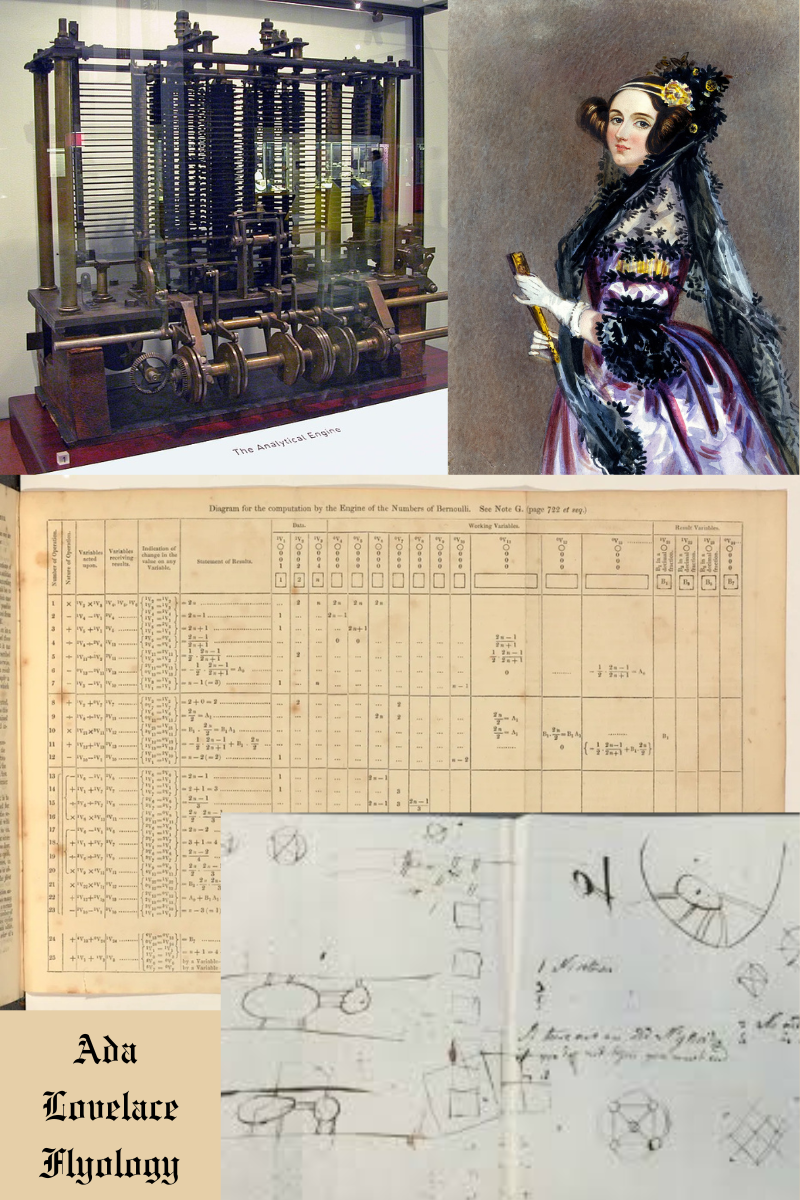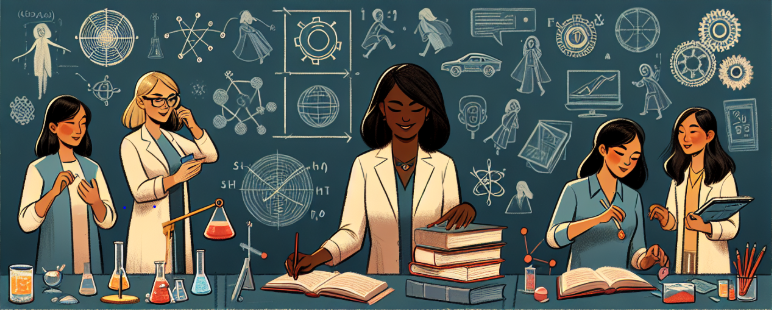Women In STEM - Ada Lovelace
Ada Lovelace: The Enchantress of Numbers

"The Analytical Engine has no pretensions whatever to originate anything. It can do whatever we know how to order it to perform" Ada Lovelace.
The second Tuesday of every October is Ada Lovelace Day, in honour of this 19th century mathematician and computer programming pioneer, whose vision almost two centuries later still impacts today's technological world. Ada Lovelace is famed for her collaboration with Charles Babbage on the Analytical Engine, often cited as a precursor to the modern computer. Yet her legacy is rich in her own rights, and she continues to inspire women in STEM today.
Despite her significant contributions to computing, it was her mother who steered her toward mathematics, to prevent Ada from developing her father's "poetic temperament" rather than progressive thinking. Ada was the daughter of the famous poet Lord Byron, whom her mother feared had passed down his "dangerous" creative inclinations. (Historic UK)
As a child, Ada demonstrated remarkable creativity and scientific curiosity. She had designed her own flying machine at age 12, meticulously studying bird anatomy and appropriate materials for wings. Ada's detailed diagrams and notes, which she called "Flyology," on flight mechanics revealed her methodical mind and innovative spirit long before her focus shifted to mathematics and long before her work on computing. (The New Yorker)
Her most famous achievement came when she translated an Italian article on Babbage's Analytical Engine. Ada added her own extensive notes that increased the original text threefold according to the University of Oxford's Bodleian Libraries. Within these notes was "Note G" containing what are now considered as the first algorithm designed to be processed by a machine, effectively making her the world's first computer programmer and showing her insights and forward thinking. (Bodleian Libraries)
A Visionary Mind Ahead of Her Time
While Babbage viewed his Analytical Engine primarily as a mathematical calculator, Ada saw a much broader scope. She famously predicted such machines would one day manipulate symbols rather than just numbers, and might even create music or art. These ideas seemed fantastical in the 1840s, yet they've become reality with today's computers and artificial intelligence.
"Note G" did more than document a process, it transformed Babbage's Analytical Engine from a calculating machine into something more revolutionary: a programmable computer. By introducing the concept of an algorithm designed specifically for the machine, Ada altered its function through instructions, rather than mechanical redesign. This was the critical leap from hardware to software, from counting to computing. In doing so, she redefined the potential of the Analytical Engine and laid the philosophical and practical groundwork for how we still build and program computers today. Interestingly, "Note G" was only initialled 'AAL' (Augusta Ada Lovelace), and it wasn't until 1953, over a century after her death, that her full contributions were widely recognised, when B.V. Bowden republished her notes in 'Faster Than Thought: A Symposium on Digital Computing Machines.
Ada called her approach "poetical science". Despite societal norms, her educational background was extensive and interdisciplinary, drawing from mathematics, logic, and even artistic culture, uniquely positioning her to contribute to the development of computing. She wrote, "I do not believe that my father was such a poet as I shall be an analyst and metaphysician," revealing her confidence in bringing together seemingly disparate fields of knowledge.
Legacy and Influence
Ada's achievements are even more remarkable when you consider the restraints on women of Victorian England. She also faced health challenges throughout her life, including measles which temporarily paralysed her as a teenager.
At a time when women's roles were confined predominantly to the domestic sphere, the barriers Lovelace broke in STEM still inspire women to enter STEM fields that were once considered exclusive only to men. Lovelace's work laid the foundation for women in tech fields, though she thought she would in the shadows of history. Her foresight and intellectual bravery continue to influence the field of computing and serve as a beacon for women pursuing careers in science and technology today.
Despite her brilliance, Ada faced personal struggles, including what some historians describe as a gambling problem. (Britannica) Like many aspects of her life, she approached betting with mathematical analysis, developing systems she believed would improve her odds, though these ultimately led to financial troubles. Ada Lovelace battled fragile health throughout her life, and sadly died very young at the age of 36, at the same age as her father, from uterine cancer in 1852. Her legacy lives on far beyond her too brief life. In 1980 The U.S Department of Defense named a newly developed Computer Language "Ada" in honour of her.
I wonder what modern technological advancement Ada would be most fascinated by if she were alive today... AI, Quantum Computing or Coding?
She conceptualised such ideas long before the technology existed, and her algorithm principles even now underpin modern software development. Ada Lovelace was ahead of her time, and her work still echoes around us in computer science to this day.
References and Further Reading
Bodleian Libraries. (2018, July 26). Ada Lovelace and the Analytical Engine. University of Oxford.
Britannica. (n.d.). Ada Lovelace. In Encyclopaedia Britannica.
Historic UK. (n.d.). Ada Lovelace.
NYC Media Lab. (2020, October 13). Innovation Monitor: Ada Lovelace and the Story of Note G. Medium.
Science Museum. (n.d.). Ada Lovelace and Charles Babbage. Science Museum London.
Scientific American. Ada Lovelace’s 180-Year-Old Notes Previewed the Future of Computers.
#AdaLovelace #WomenInSTEM #STEMpioneers




